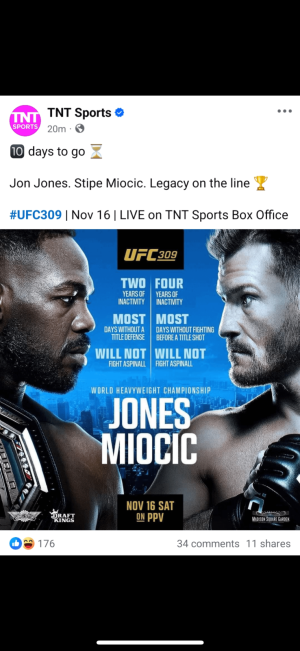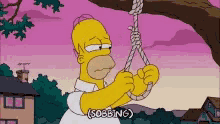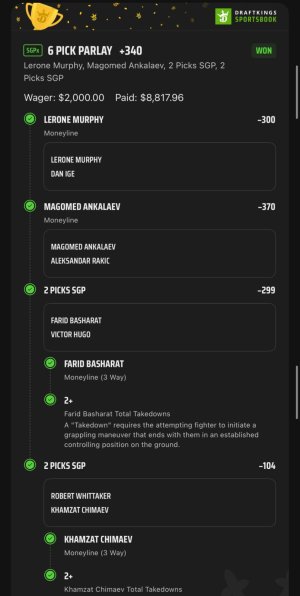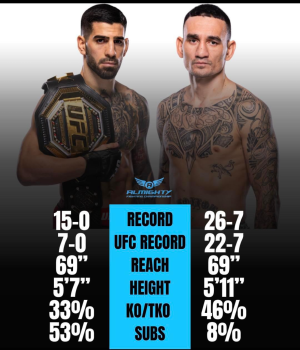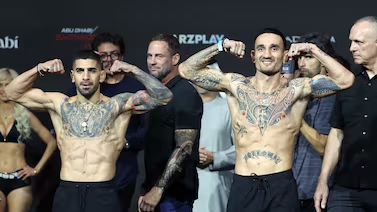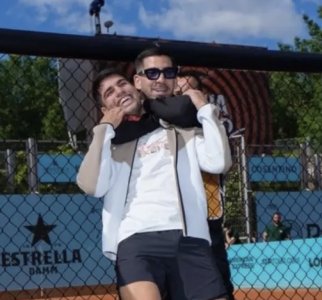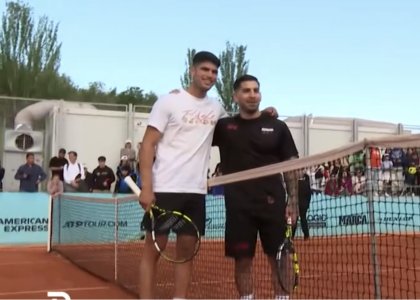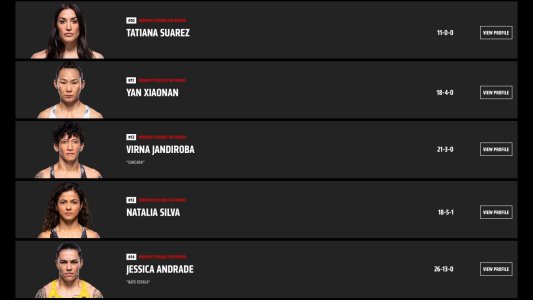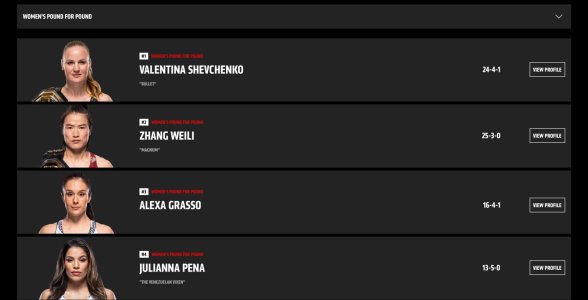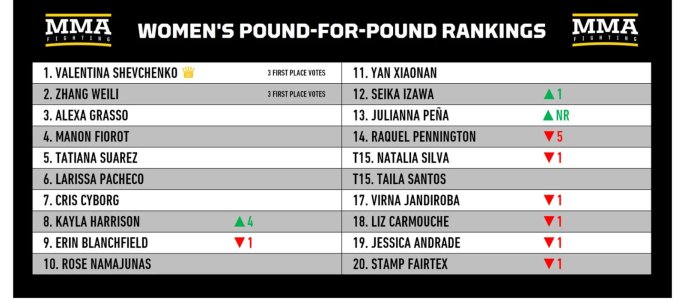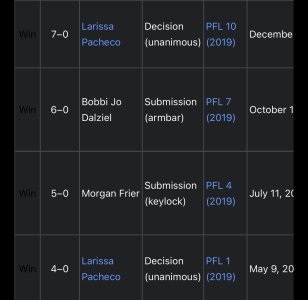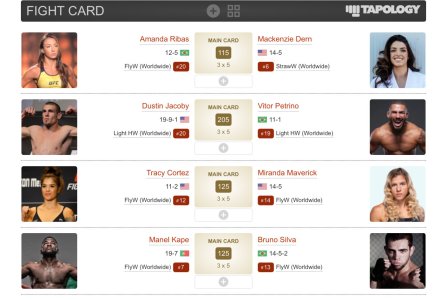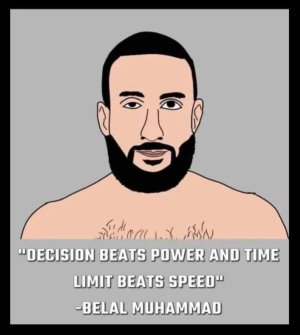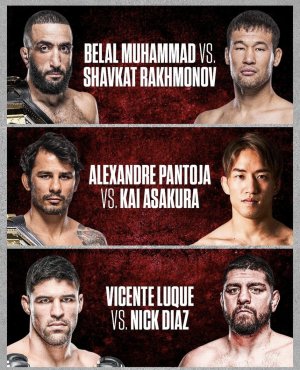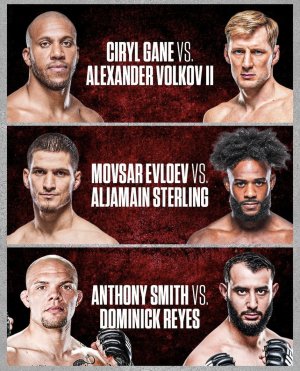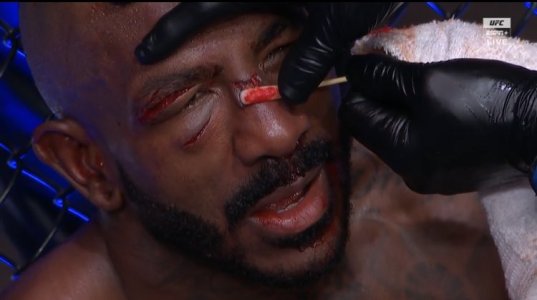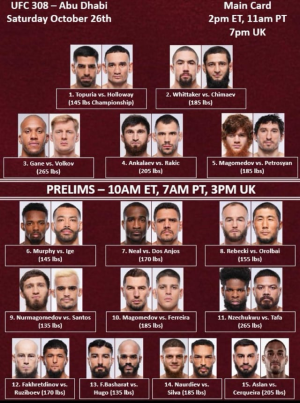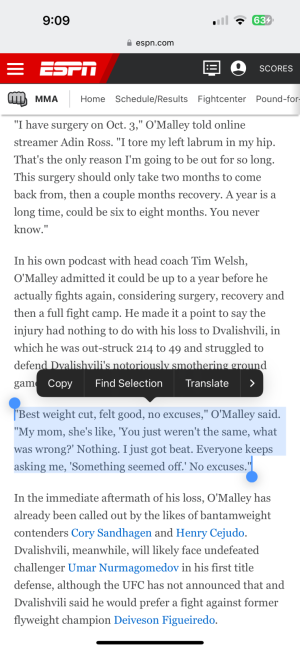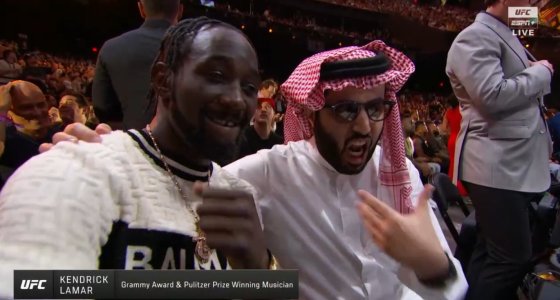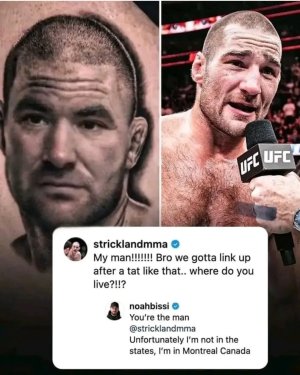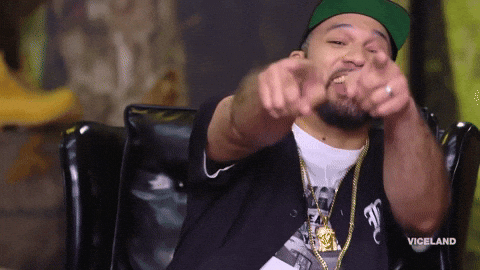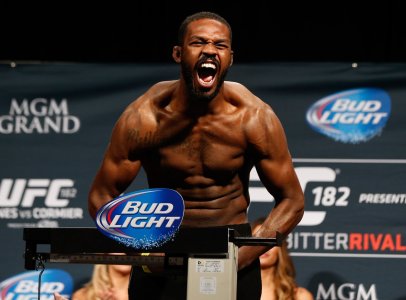You don't have to be the best fighter in the world to win a UFC title. That might not gel with what you've been told all your life, but it's the truth. To become a UFC champion you just have to keep winning, and that's the hard part.
You needn't be the fastest or the strongest or the slickest fighter in the world. The path to a title is a series of binary relationships. You are the strong or the weaker, the faster or the slower, and the crisper or wilder fighter in each match up. The difference between a talented fighter and a truly great fighter is the ability to manipulate the dynamic of a fight to favor his positive attributes and diminish his opponent's.
Rafael dos Anjos isn't as fast as Anthony Pettis, he's not as crisp in exchanges, he doesn't have as many tools on the feet, and yet he beat Pettis from pillar to post over five rounds. And, as with almost any performance in our Killing the King series, the key was not finding some secret weakness, it was simply in denying the strengths.
The Fence as a Friend
In Secrets of the Pettis Kick we examined Pettis' go to kicking technique. Whether leading with his left leg or his right leg, his rear leg is the money kick. Using a lengthier, traditional martial arts stance, Pettis removes all telegraph from his kicks by not stepping, shuffling, or otherwise showing his intentions before he kicks. That lead heel pivots in and Pettis leaps into the kick. It was beautiful stuff that winded both Benson Henderson and Donald Cerrone when they lingered at long range.
Watch that left heel sneak in before Pettis begins the kick.
At the opening bell, Rafael dos Anjos came out and immediately forced Pettis towards the fence. Pettis likes to circle the cage anyway, so he went halfway on his own and then found that every time he gave an inch, Dos Anjos would take a foot. A fighter doesn't have to be physically touching a fence to be affected by it—the space between Dos Anjos and the fence was reduced so significantly that Pettis was forced to adopt a significantly shorter stance and denied all forms of retreat.
Not only did Dos Anjos' pressure and the fence remove the long stance Pettis uses to throw his kicks without telegraph, it removed much of the power in his punches too.
A habit of both Pettis brothers is circling the less conventional way from Open Guard (southpaw vs. orthdox). Rather than looking to get their lead foot outside of their opponent's—shortening the path of their rear leg kick—they circle to get their foot inside.
Against Joe Lauzon, Pettis constantly circled towards Lauzon's right side. This led Lauzon to believe that right low kicks would be coming.
The last thing Lauzon was thinking about as Pettis continued circling was the left high kick.
Pettis' consistent circling to Dos Anjos' left exposed him to a great many power kicks. There was much to remind us of Fedor Emelianenko's masterful dismantling of Mirko 'Cro Cop' Filipovic in this bout. Keeping the kicker on the back foot, striking in flurries into clinches. But there was also something of Filipovic in Dos Anjos as he masterfully paired the left round kick and the left straight in a double attack that we hadn't seen him use nearly as effectively before.
Remembering that a double attack—rather than the two handed blows you see in traditional martial arts—is two techniques which play off of each other perfectly. They look similar, but the opponent's reactions to each exposes him to the other. For a southpaw the rear leg round kick and rear straight are a classic. If the opponent is keeping their forearm rigidly up to defend the round kicks, the straight sneaks quickly inside of it. If he starts parrying the straight, the kicks can just smash through his arm when it's out of position. As soon as the fighter's hip and shoulder start twitching forward, either could be coming and, against a man truly skilled in both, defense is reduced to guesswork.
Mirko Cro Cop's left straight dragging Igor Vovchanchyn's right hand out of position.
Dos Anjos wasn't elusive, he got touched up a fair bit, but that is par for the course when cutting off the ring and bringing the pressure. You cannot be elusive and push the pace of a fight. But when he was hit, it was by a panicked Pettis, a Pettis fighting from a short stance or with his feet level as he tried to escape the Dos Anjos-and-fence sandwich he had been placed inside.
Notice below that Pettis throws a 1-2 onto Dos Anjos' forearms, Dos Anjos comes in behind that wicked long left to the body, and lands a decent right hook on the other side. He collapses Pettis' stance as he drives in, and rolls off Pettis' right hands on his left shoulder.
Just a function of good form—being ready to stay behind one's shoulder after a punch—but the reverse shoulder roll was a favorite of Jersey Joe Walcott, which makes it A-Okay in this writer's book.
Still the smoothest thing to ever lace up gloves.
Dos Anjos' work to block shots throughout the fight was wonderful. Showing some of his traditional Muay Thai chops, Dos Anjos repeatedly went to a long guard (or in boxing a hybrid of a leverage guard and a folding guard / half cross guard, as used by a young George Foreman).
Lead hand straight out, shoulder raised, rear elbow in front of the jawline and forearm across the front. Giorgio Petrosyan and Buakaw are both masters at using this turtle like position, Buakaw even ends his jab in this position sometimes—as he did extensively against Nieky Holzken in K-1.
Here he uses the same sort of position—one elbow and forearm shielding while the other extends—to stiff arm Pettis away from him mid-flurry.
If we can learn anything from Alistair Overeem's cross-over in K-1 and MMA, it's that big gloves changes the game. There are still fighters who believe that having their hands up in a traditional “ear muffs” cover up will save them. It is the shoulders, elbows and forearms, the skeletal structure, which will protect a fighter under fire in 4oz gloves.
The Art of Aggression
Credit needs to be given to Rafael Cordeiro. I've mentioned in the past that he doesn't produce the most diverse or technical strikers, but the confidence his methods breed in fighters and the tricks they develop under him carry fights. They say you cannot develop toughness, but I feel Cordeiro has come close at both his Chute Boxe and Kings MMA camps.
A look at Beneil Dariush's performance against Daron Cruickshank further down the UFC 185 card will illustrate my meaning. Dariush looked herky jerky at times, lunging face first in on a few of his strikes, but the confidence and aggression with which he did it—and that same pin-point accurate round kick to the body—had Cruickshank looking for a way out.
I'm sure that I don't need to tell you that leading with your face, and charging between strikes is flawed on a technical level, but if the guy you're fighting just can't stop it, does it really matter? There is, and always has been, much more to striking than textbook form. The intangibles of pressure, distancing, timing and anticipation will always be of more value that strict textbook striking technique.
Cruickshank ended up trying to take the fight to the ground against a world class Jiu Jitsu player, and was submitted for his trouble.
The aggression and toughness that Dos Anjos has developed, along with a couple of money strikes, carried the standing portion of the fight. He went to the fence, but he used it as his ally rather than a surface to hold Pettis against. There was none of Gilbert Melendez's straining to hold a clinch and doing no damage. Dos Anjos worked Pettis over in striking range, only moving to a clinch when he fancied he could do more there. No stalling, all action, until the end of round one, when he attempted his first takedown which came effortlessly.
And that was the fight. Dos Anjos pushing forward, Pettis circling the cage and getting roughed up en route. In round three, Pettis finally started circling towards Dos Anjos' lead side, and Dos Anjos seemed clueless for a little while. Then Dos Anjos remembered he had a pretty good right hook, used it to stop Pettis' motion, land a left to the body, and get in on Pettis' hips for another easy takedown along the fence.
Dos Anjos' right hook began to appear more and more, and Pettis ran out of places to go.
By the fifth round, Pettis was just surviving. He had gone from stalling out the great Brazilian Jiu Jitsu player in his guard when it hit the ground to giving up his back and fighting off attacks from there. When the final bell rang, there was no doubt who had won.
What Does It All Mean?
Rafael Dos Anjos looked simply sublime. Not only was his game plan tailor made for roughing up a sharper distance striker and taking away Pettis' A-game, he looked mechanically crisper than we've ever seen him before. The pace he drove was furious and it was exactly the sort of fight which fight fans are always calling for—a stellar performance in all areas of the game and five rounds of domination to take the title from the champion.
Pettis, sadly, is being thrown on the slop heap by some fans already. Treated as if he somehow fluked his way to finishes over Benson Henderson, Donald Cerrone, and Gilbert Melendez. Others are saying how could you ever consider a man with such an obvious deficit against pressure as a great fighter?
Truth is, if your list of great fighters is only going to include complete fighters, you're going to be left holding a blank page. Anderson Silva was a B-grade fighter when forced to lead, Georges St. Pierre became so reliant on his jab that when it was taken away by handfighting he looked lost, even the great Muhammad Ali struggled with simultaneous counter jabs and could not have beaten his best opponents without a great deal of illegal holding.
If you want to buy the fight hype, where everyone is unbeatable until they're not, then no—Pettis isn't a great fighter. If you want to assess fighters on their actual ability, understanding that everyone has nightmare match ups and counter strategies, the question needn't even be asked.
For Pettis, the key is to go away and work on effectively reversing position when pressured towards the fence—because that is what every smart lightweight he meets will now be attempting. He needs to find a way to duck in on his opponent's waist and turn him, or work on his rapid direction shifts a la Eddie Alvarez when he ran circles around Michael Chandler.
For Rafael Dos Anjos? A rematch is on the way. Could be with Donald Cerrone, a fighter who he bested but who has turned around so much technically in the last few months that he might as well be a different man. Or it could be with Khabib Nurmagomedov, the last man to defeat Dos Anjos by merit of his terrific wrestling. It's all down to who wins the Cerrone-Nurmagomedov match up in May.
Perhaps the most important lesson to take away from this fight is that Rafael Dos Anjos doesn't have a whole ton of tools on the feet, yet he picked apart the consensus best striker in the division. Strategy and ring position are far more important than number or length of combinations. Perhaps Dos Anjos will be that rarest of champions—the one who, rather than presenting a problem, comes in to solve them. A different fighter in every fight. We can hope. In the meantime, let's revel in his performance a little longer.





















